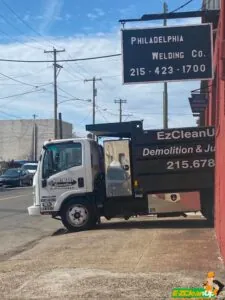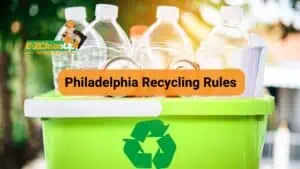To repurpose or recycle old roller blinds, consider creative uses like making unique lamps, decorative baskets, or garden labels. Alternatively, disassemble for recycling of aluminum and PVC components. Avoid landfill disposal to minimize the environmental impact.
Wanna know more about what to do with old roller blinds? Read on.
Repurposing and Recycling Old Roller Blinds
Old roller blinds, often discarded in favor of new decor, hold a surprising amount of repurposing and recycling potential. By choosing these options, we make a conscious decision to support a healthier planet, all while potentially discovering cost-effective and creative solutions for our homes.
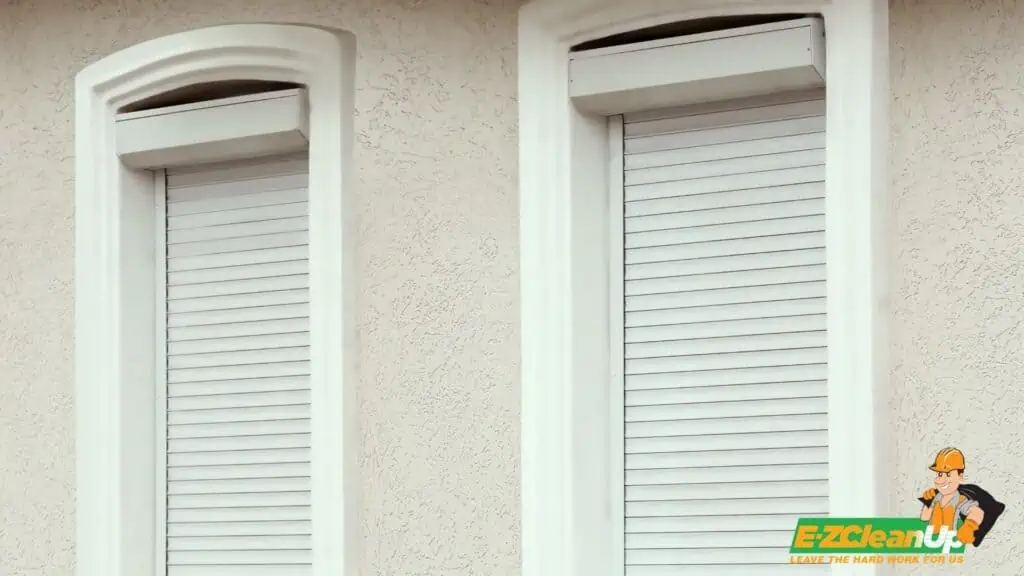
Creative Repurposing Ideas for Old Roller Blinds
From lighting solutions to playful children’s accessories, the possibilities of how you can upcycle roller blinds are endless. This proves that a little creativity can go a long way.
Home Decor and Practical Uses
- Unique Lamps and Pendant Lights: You can create stylish and ambient lighting by shaping roller blinds into lampshades or pendant lights. This approach adds a custom touch to your home’s lighting.
- Decorative Baskets and Headboard Covers: Roller blinds can be woven or folded into decorative baskets. Similarly, covering a headboard with fabric from roller blinds can refresh the look of a bedroom without the need for a complete overhaul.
- Play Road Barriers and Quilt Design Walls: For those with young ones, cutting roller blinds into shapes of road barriers can enhance playtime. Additionally, mounting a piece of a roller blind on a wall creates an ideal surface for children to design quilts or display artwork.
Garden and Outdoor Applications
- Plant Markers and Garden Labels: Cut roller blinds into strips to create durable plant markers and garden labels. Writing on these strips with a permanent marker can help you keep track of plant varieties and planting dates.
- Birdhouses or Outdoor Art: With some creativity, old roller blinds can offer shelter to feathered friends while adding a charming element to your garden. Alternatively, they can be cut and painted to create outdoor art pieces, which can bring color and personality to fences, sheds, or garden walls.
Upcycling Projects with Minimal or No Sewing
- Bookmarks, Mats, and Shopping Bags: Turn roller blinds into durable bookmarks by cutting them into strips and decorating as desired. For a larger project, blinds can be cut and folded to form mats for outdoor seating or simple shopping bags. This will only require minimal stitching, or none at all, if using adhesive.
- Art Pieces and Wall Hangings: Cut and paint pieces of roller blinds to create unique art pieces. This project allows for personal expression through painting, stenciling, or even leaving pieces in their raw, textured state for a minimalist look.
- New Designs for Home Use: Sheer roller blinds can be easily transformed into elegant new designs for home use, such as window coverings or room dividers. Cutting and arranging the fabric in creative ways can refresh a space.
Recycling Options for Old Roller Blinds
By following these steps, you can ensure that your old roller blinds are disposed of in an environmentally responsible manner.
Identifying Recyclable Materials in Blinds
Roller blinds consist of various materials, some of which are recyclable. Aluminum parts, such as slats, are accepted at most scrap metal yards or recycling centers. PVC, a common material for the blinds themselves, can also be recycled at facilities equipped to handle this type of plastic.
Steel components, often found in the headrail, are likewise recyclable. It’s important to note, however, that wooden blinds are generally not recyclable due to their treatments and finishes but can be repurposed or upcycled instead.
Disassembling Blinds for Component Recycling
Properly recycling roller blinds involves separating their components. This process may require the following:
- Cutting the lift and ladder cords to release each slat
- Detaching any parts from the metal headrail
- Removing the fabric from the hardware
Once disassembled, the materials can be sorted and taken to the appropriate recycling or scrap metal facilities. This careful separation ensures that each part of the roller blind is recycled in the most effective way.
How to Locate Facilities Accepting Roller Blinds
Start by reaching out to your local waste management company. Many have programs for recycling various materials, including those used in roller blinds. They can provide information on whether they accept roller blinds and the prerequisites for recycling them.
Utilize online search tools to find recycling centers in your vicinity that accept materials such as aluminum, PVC, and steel, commonly found in roller blinds. It’s important to contact these facilities in advance to confirm their policies on accepting roller blinds for recycling.
Don’t overlook scrap metal yards for recycling aluminum and steel components of roller blinds. These places often accept such materials. However, it’s advisable to call ahead and inquire about their requirements for recycling roller blinds.

Donating Old Roller Blinds
Exploring donation options for old roller blinds opens up a pathway to support local communities and promote sustainability. Here’s a look at your options for where you can donate old blinds:
Where to Donate Your Old Blinds
Here’s a look at your options for where you can donate old blinds:
Schools and Educational Facilities
These institutions can use the blinds to control light in classrooms, libraries, and other learning spaces. This way, your donation can help improve the overall educational experience. The benefits extend to creating a better learning atmosphere for students. Plus, they can aid in the institution’s sustainable practices by reusing and repurposing materials.
Community Centers and Art Programs
Old roller blinds can find a new purpose in these settings, whether as canvases for painting, materials for craft activities, or even as part of art installations. Donating your blinds to these programs supports community engagement and artistic creativity while emphasizing the importance of sustainability by preventing the blinds from ending up in landfills.
Preparing Blinds for Donation
Here are the steps you must take to ensure the blinds are usable and are still in good condition before leaving your home:
Cleaning and Assessing Condition
Begin by giving the blinds a thorough cleaning. A gentle wipe-down of the slats and headrail, coupled with a careful vacuuming of any fabric parts, will remove dust and grime.
Next, take a moment to inspect the blinds for damage. Assess the slats for bending or breakage and verify that the operating mechanisms, like lift cords, are in good working order. If the blinds show significant wear or damage, they might not be suitable for donation.
Contacting Potential Donation Recipients
Reaching out to potential donation sites is your next step. When making contact, be clear about what you have to offer, detailing the blinds’ dimensions, color, and condition. Including photos can help recipients gauge if the blinds fit their needs.
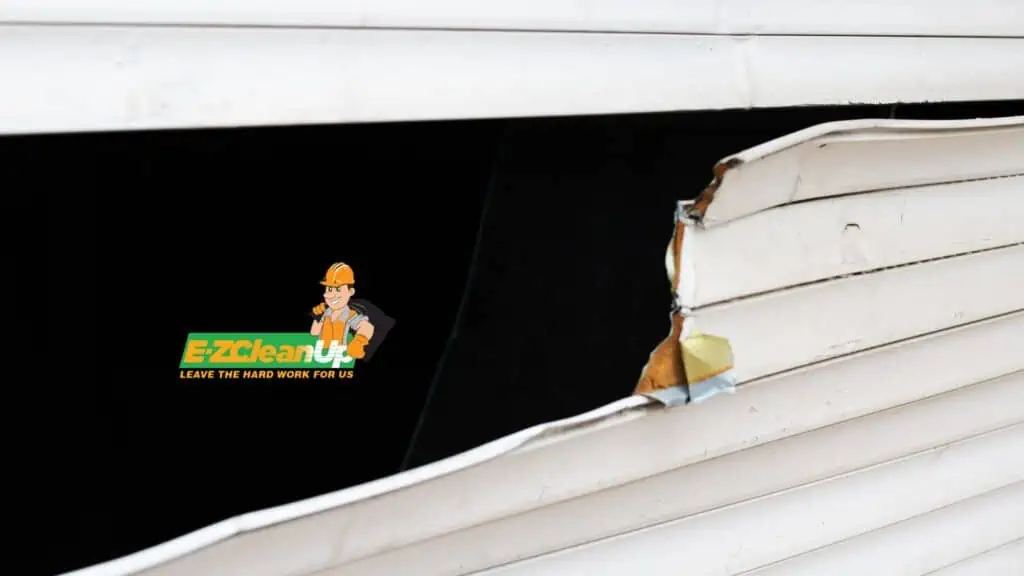
What Not to Do With Old Roller Blinds
Disposing of old roller blinds requires thoughtful consideration to minimize environmental impact. By understanding what not to do with your old blinds, you can make more informed decisions that align with sustainable practices and help protect our planet.
Why Not to Throw Them in the Trash
Discarding old roller blinds in the trash is not recommended due to the potential for environmental contamination and the unnecessary addition to landfill waste. Many components of roller blinds, such as metals, plastics, and fabrics, can take decades to decompose, if at all. This can lead to increased pollution and resource depletion.
Instead of throwing them away, consider alternative disposal methods that have a lesser environmental impact. Repurposing, recycling where possible, donating, or even creative reuse can provide sustainable solutions for disposing of old blinds.
These actions prevent harmful materials from ending up in landfills while supporting a circular economy. It reduces the need for new resources and encourages a more sustainable lifestyle.
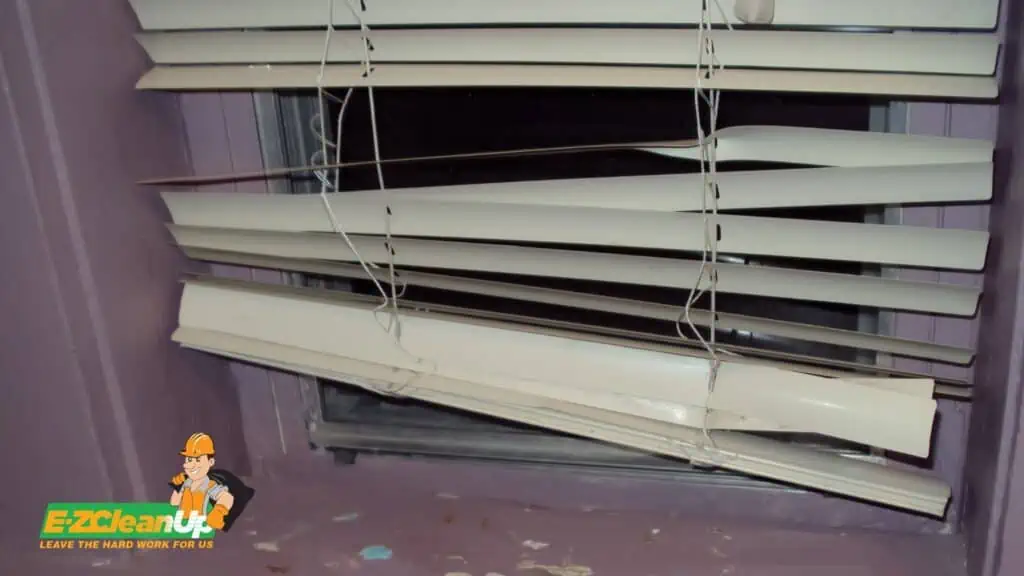
Environmental Impacts of Landfill Disposal
Sending old roller blinds to landfills contributes to environmental degradation in several ways. Landfills are significant sources of methane, a potent greenhouse gas, and can leach toxic substances into the ground and waterways.
This not only harms the local ecosystem but also contributes to global environmental issues like climate change and pollution. Therefore, seeking alternative disposal methods that minimize harm to our planet is essential.

Safety Concerns with Repurposing
When repurposing roller blinds, it’s important to be mindful of the materials they’re made of. Some blinds contain hazardous substances that can pose health risks, especially to children. Lead, mercury, cadmium, and chromium are particularly dangerous and should be handled with care.
Always inspect blinds for any signs of these materials before starting a repurposing project. Additionally, ensure that any items created from old blinds are safe and do not pose choking hazards or other risks to children. Following these guidelines helps prevent accidental exposures and injuries and ensures your repurposing efforts are both safe and beneficial.

Don’t Turn a Blind Eye to Responsible Disposal
Embracing responsible disposal practices in discarding blinds encourages a shift towards sustainability. If you find yourself with large blinds or other bulky items that won’t fit in the bin, remember that EZ CleanUp is just a call away.
Our services extend beyond just blinds. We offer comprehensive solutions for all your junk removal needs in Philadelphia. Let’s make responsible disposal our collective goal.


